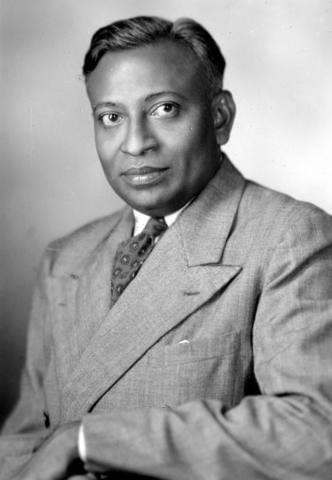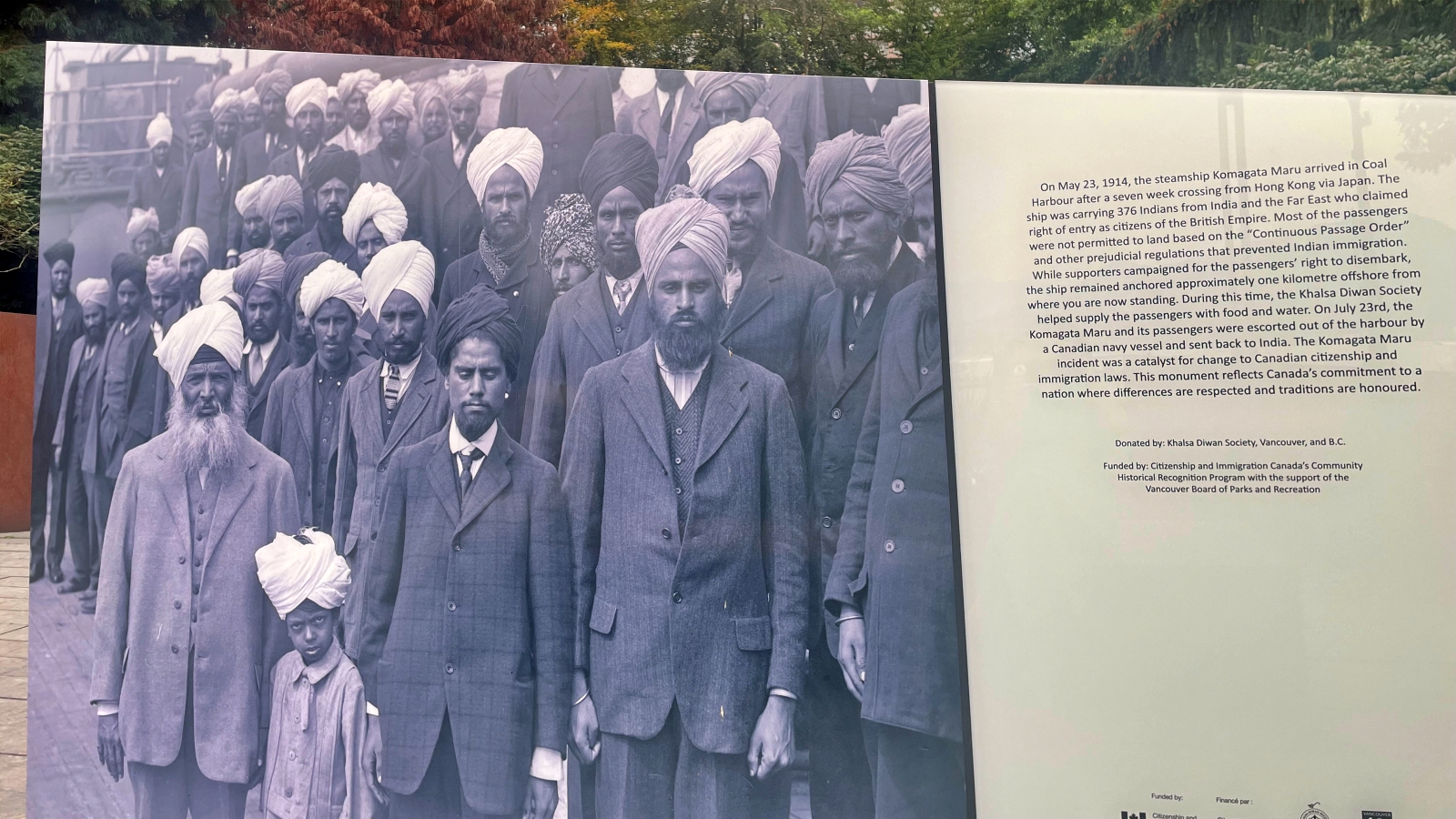Perhaps it was fate. In 1897, some British-Indian soldiers from Punjab, part of an official delegation from Hong Kong, set sail on the RMS Empress of India to London to celebrate Queen Victoria’s diamond jubilee. On the way, they docked at Vancouver in British Columbia. Among the soldiers was Kesur Singh, a battle-hardened Risaldar Major in the 25th Cavalry of the Frontier Force who is today considered the first Indian settler in Canada.
Five years later, on June 3, 1902, another batch of Indian soldiers sailed into Victoria Harbour aboard the RMS Queen of Japan. Most of them were enterprising men from villages in Punjab’s districts of Jalandhar, Ferozepur, Ludhiana, Amritsar and Gurdaspur. They liked what they saw, as did the locals, who seemed intrigued by their turbans. “Turbaned Men Excite Interest,” screamed the headline of a local paper. Between 1904 and 1908, the number of migrants from Punjab surged from 50 to 5,000. These men, who almost always arrived alone since Canadian rules prohibited entry for women and children under 18 years — only nine Indian women entered Canada between 1904 and 1920 — worked in the timber industry, fishing and railways for wages as low as $1 a day, much lower than local Canadians. With limited funds, they banded together, with dozens staying in bunkhouses.

Initially, they escaped the racial wrath aimed at the Chinese and Japanese. But as the recession struck, locals began to resent them. Tensions escalated when the Vancouver Trades and Labour Council formed the Asiatic Exclusion League in August 1907, with the mayor and councillors among its founders. They feared that Asian immigrants would one day outrun British Columbia’s white population. A month later, a rally on Labour Day by its members, who were carrying “Keep Canada white” placards, turned into a riot as they ransacked Chinatown. Around the same time, there were similar anti-Asian riots in Bellingham, Washington, San Francisco and other West Coast cities in the United States. Barrington Walker, a professor at Wilfrid Laurier University’s Department of History whose research focuses on race and immigration, attributes this rage to “economic competition and the idea that Asians would work for low wages”.
As the Justin Trudeau government tightens immigration rules in response to rising anti-immigrant sentiment across the country, a sense of déjà vu stirs among those who recall the struggles of early settlers.

The discrimination
Soon after the race riots of 1907, many Indians were thrown out of their jobs and homes, scores were bullied on the streets, and the community was often reviled by the local media. They were also stripped of their right to vote. But they persevered, finding strength in the Khalsa Diwan Society. Established in Vancouver in 1906, it built Canada’s first gurdwara, which was also the first in North America.
However, the Canadian government was determined to halt the influx of Asians. In January 1908, it introduced the “continuous journey” regulation, which mandated that migrants could only arrive at a Canadian port from their country of origin. It further required all incoming Asians to have $200, compared to the $20 required of Europeans. The British Columbia government also attempted to send Indian immigrants to British Honduras, but they refused.
The anti-Indian sentiment reached its nadir in 1914, when 376 Punjabis arrived in British Columbia via the “continuous passage” journey on the Komagata Maru, but only 24 were allowed entry. After languishing on the ship for months, they were forced to leave by HMCS Rainbow, a Canadian naval vessel. British police attempted to arrest their leader Gurdit Singh when they docked at Budge Budge Port in Calcutta. The men protested and the police opened fire, killing 18 of them and jailing the rest, although Gurdit managed to escape. Today, a memorial to these men stands at Vancouver Harbour.
Despite their hardships, the Indian community often protested against this discriminatory treatment in Canada. Guru Dutt Kumar tried to give South Asians a voice through the newspaper Swadesh Sevak. Bhag Singh, the president of the Khalsa Diwan Society, visited India to pressure the government to take action. Community members also took to the streets to protest their conditions.

The ‘Canadianization’
Despite this unrest, more Punjabis migrated to Canada in the 1920s after restrictions on bringing women and children were lifted. This marked the beginning of what is often referred to as “Canadianization.” Among those who unknowingly pioneered this movement was Mayo Singh Manhas from Paldi village near Jalandhar. In his 20s, Mayo made his way to British Columbia via California, eventually purchasing timber rights from the Canadian Pacific Railway in 1916 and founding the Mayo Lumber Company Ltd. Mayo gradually bought 1,300 acres and established a village called Paldi on Victoria Island. Joan Mayo, his daughter-in-law who authored Paldi Remembered in 1997, writes, “With the arrival of several women from India, the community really sprang to life. The village of Paldi became a unique cultural mixture of East Indians, Japanese, Chinese, and whites. All spoke a form of broken English, unique to Paldi, started first by the men in the workplace and continued by the children who knew only the language of their parents.” Prime Minister Jawaharlal Nehru had a meal at Mayo’s home in Paldi during his visit to British Columbia. Though Mayo passed away in 1955, the Paldi gurdwara he built in 1919 continues his tradition of the annual Jor Mela in July, coinciding with Canada Day celebrations.
Although the hardworking community prospered all over Canada, they felt like second-class citizens as they had no voting rights. Then, they enlisted the help of D P Pandia, a Madras-born England-educated barrister who came to Canada on a lecture tour in 1939. Impressed by his presentation, Kartar Singh, an editor who started several publications in Canada to help Indians adapt to Canadian life, and Kapoor Singh Siddoo, an influential businessman in Vancouver, asked him to stay on and assist in their struggle.
Before focusing on securing voting rights, Pandia began by securing amnesty for 218 Punjabis detained for deportation by immigration authorities. The first minor victory came in 1945, when all those who had fought in World War II were granted voting rights. In 1947, all male immigrants received the right to vote, coinciding with India’s Independence. Pandia stayed on in Vancouver, where he passed away in 1999, well after Punjab-born Gurbax Singh Malhi became the first Indian to be elected to the Canadian Parliament in 1993.
Today, Indian-origin politicians are deeply embedded in both federal and provincial politics. Earlier this month, the British Columbia Assembly welcomed a record 14 legislators with roots in Punjab. The early settlers would have been proud.



